P. Thanh Tran-Ngoc
A robotics leg inspired from an insect leg
Mar 21, 2022
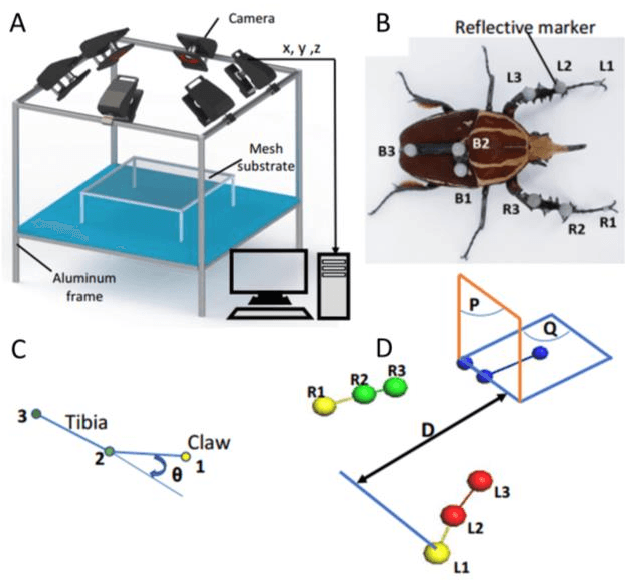
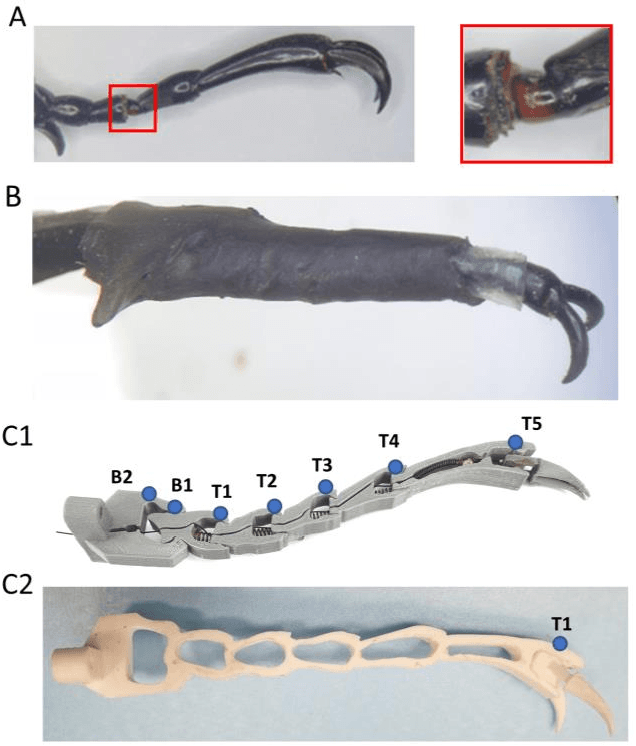
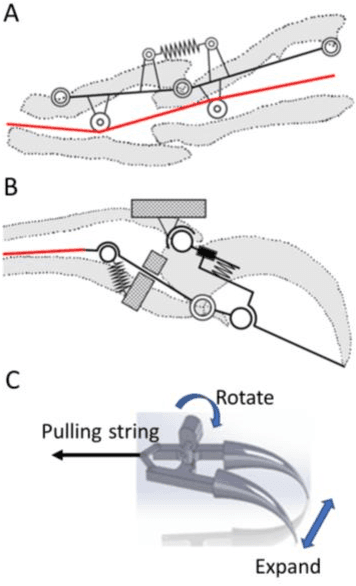
Abstract:Legged robots can operate in complex terrains that are unreachable for most wheeled robots. While insect legs contact the ground with the tarsal segments and pretarsus, most insect-inspired robots come with a simple tarsus such as a hemispherical foot tip. Insects, like the M. Torquata beetle, use the claws as their attachment devices on rough surfaces. Their sharp claws can smoothly attach and detach on plant surfaces by actuating one muscle. Thus, legged robots can mimic tarsal structures to improve their locomotion on inclined and rough surfaces. We conducted two types of experiments to test the hypothesis that the tarsal flexibility and rigidity play a role in the beetle's smooth walking. By cutting the membrane between the tarsomeres, we disabled the tarsus' rigid ability, so the claws cannot securely hook onto the walking surface. Conversely, after eliminating the tarsal flexibility, the beetle struggled to draw the claws out of the substrate. The results confirm the significance of the tarsus' properties on beetle walking. Then, we designed a cable-driven 3D printed tarsus structure to validate the function of the tarsus via a robotic leg. The tarsal configuration allows the prototype to hook onto and detach smoothly from the walking surface.
Insect-Computer Hybrid System for Autonomous Search and Rescue Mission
Jun 04, 2021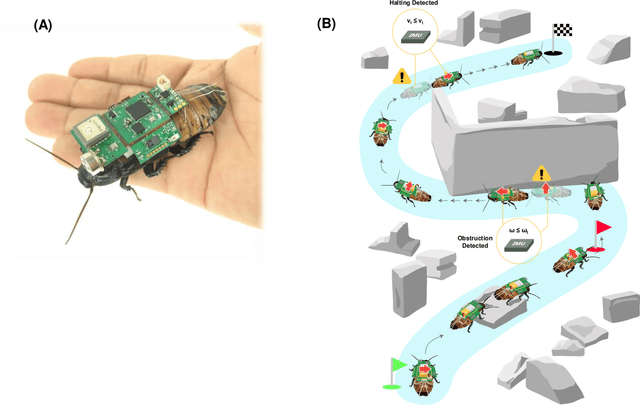
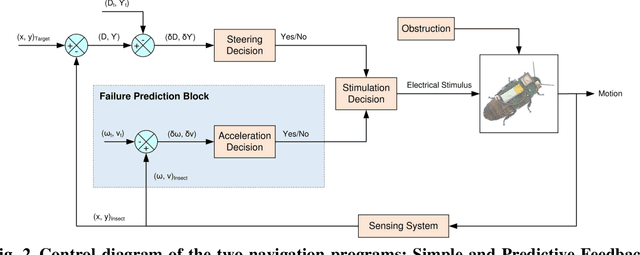
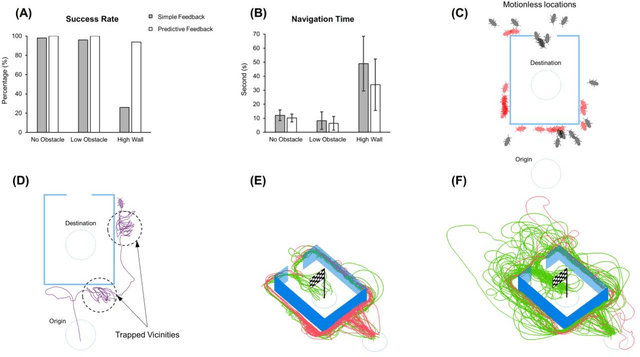
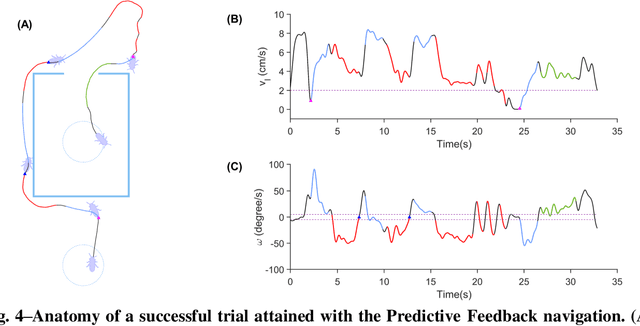
Abstract:There is still a long way to go before artificial mini robots are really used for search and rescue missions in disaster-hit areas due to hindrance in power consumption, computation load of the locomotion, and obstacle-avoidance system. Insect-computer hybrid system, which is the fusion of living insect platform and microcontroller, emerges as an alternative solution. This study demonstrates the first-ever insect-computer hybrid system conceived for search and rescue missions, which is capable of autonomous navigation and human presence detection in an unstructured environment. Customized navigation control algorithm utilizing the insect's intrinsic navigation capability achieved exploration and negotiation of complex terrains. On-board high-accuracy human presence detection using infrared camera was achieved with a custom machine learning model. Low power consumption suggests system suitability for hour-long operations and its potential for realization in real-life missions.
 Add to Chrome
Add to Chrome Add to Firefox
Add to Firefox Add to Edge
Add to Edge